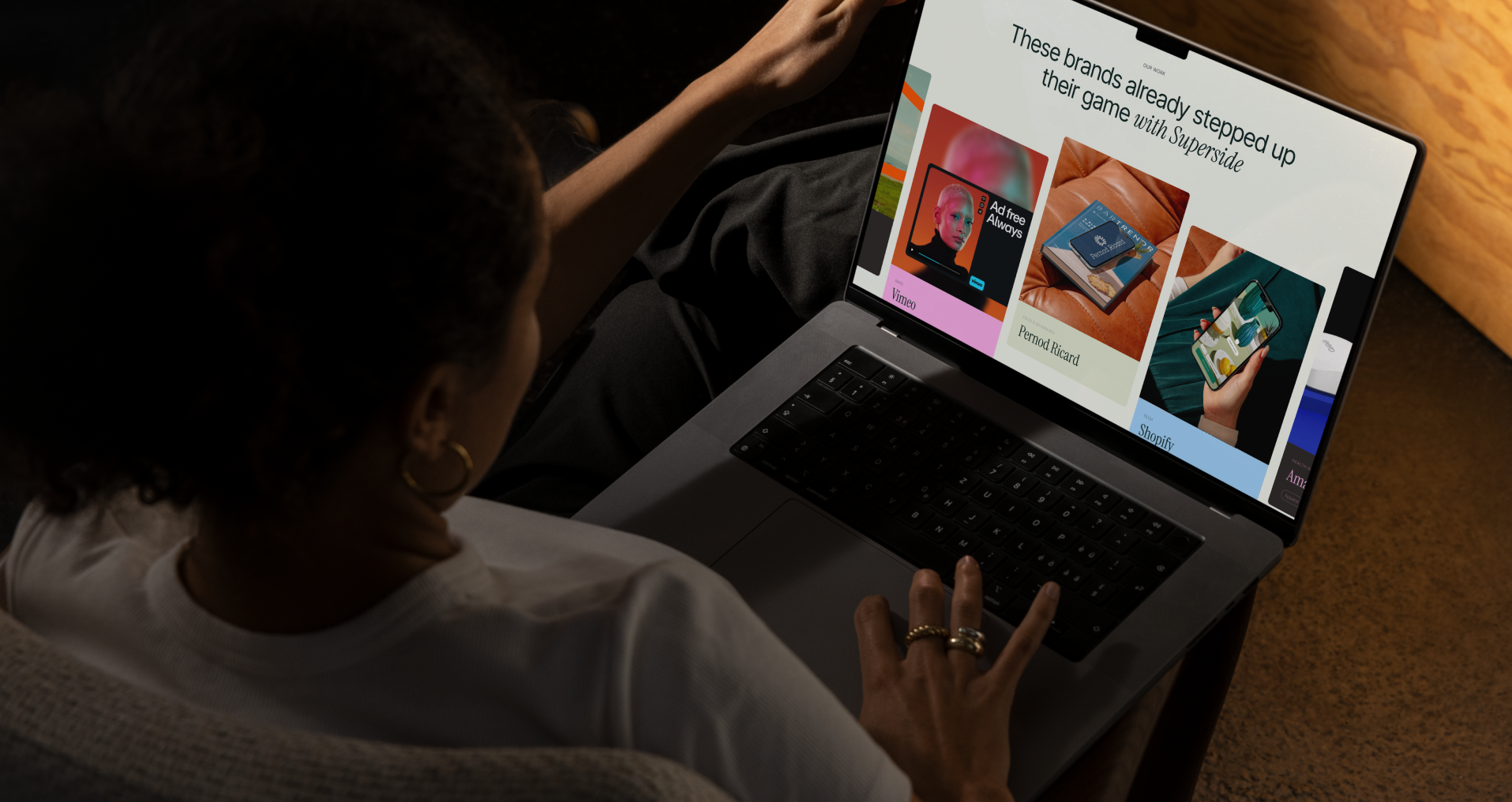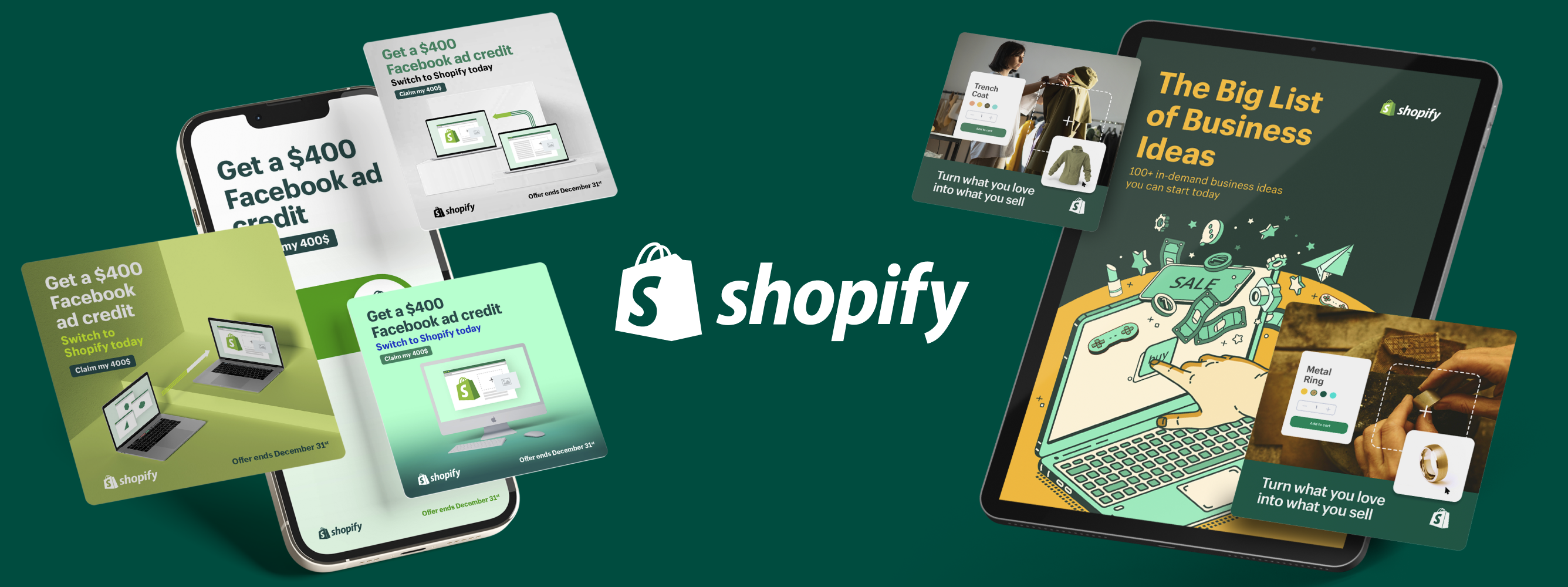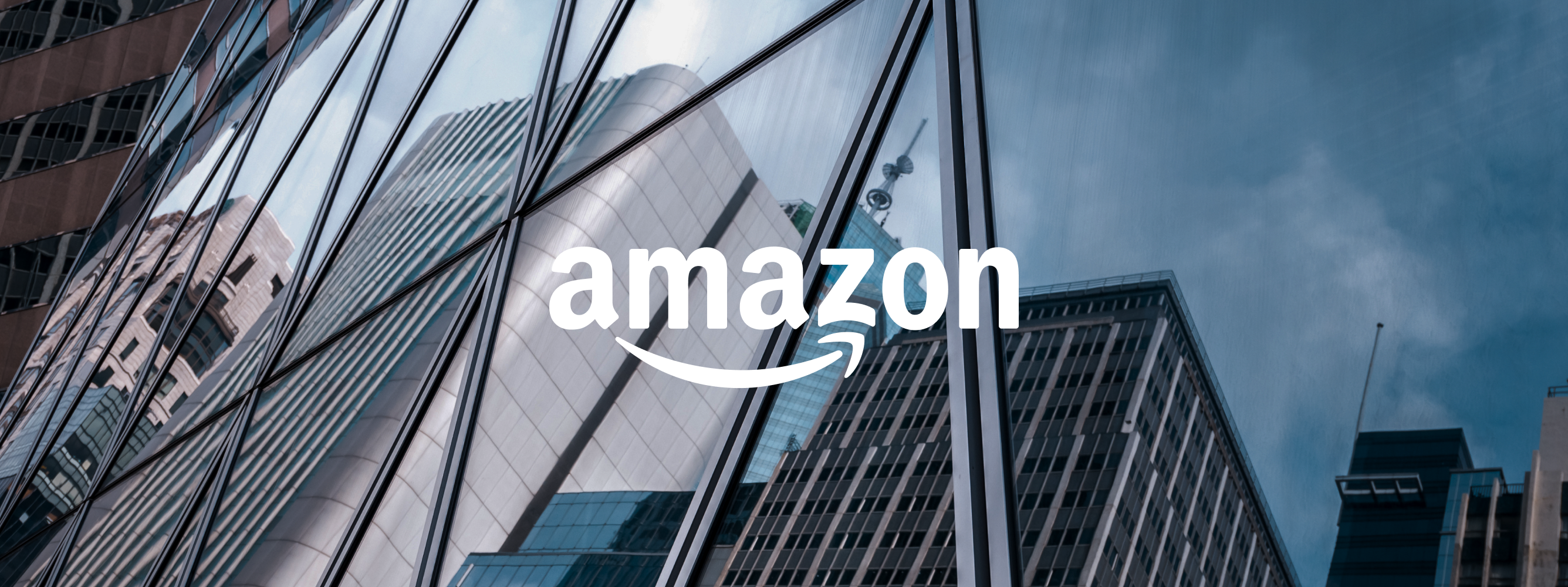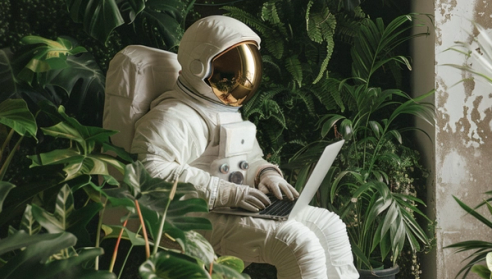
How to Empower Your Creative Design Team for Creative Excellence
Published Jan 10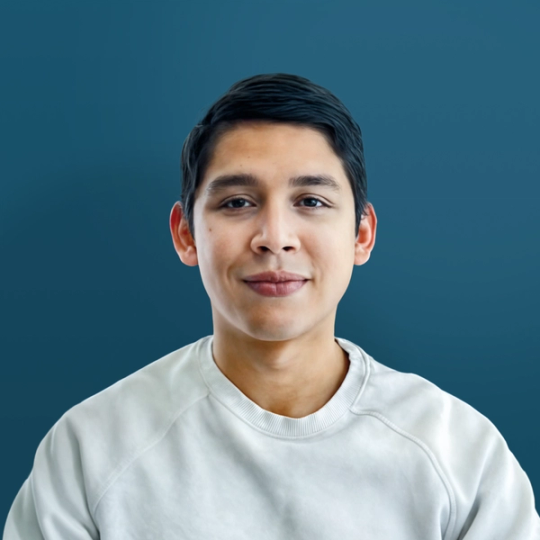
We know limited resources and tight deadlines can challenge creative teams, often leading to low productivity and burnout. This is why we’ve created this guide. It’s filled with practical tips to boost creative productivity without sacrificing quality or your team members’ mental health.
The pressure on creative teams to produce is real. Growing workloads, faster turnaround times and unrelenting demands for high-converting creative have become the status quo.
There’s a silver lining, though. With proper guidance and support, your creative design team can manage growing pressure and deliver more effective work despite limited resources.
Support is crucial though, which is where Superside really shines. We’re the go-to creative partner for a growing list of enterprises worldwide, assisting in-house teams to deliver more creative work faster.
If you’re set on boosting your team’s capabilities and skills without the expense of full-time hires, Superside’s scalable design services can help you maintain consistency and quality without overburdening your internal designers.
We specialize in providing guidance on how to improve your creative design team’s productivity.
Psst! If you're interested in doing more with less, don't miss our upcoming virtual summit on February 26, 2025. You'll hear from creative leaders at Cash App, ServiceNow, Tinder and GitHub about how they're focusing on the work that truly matters—and cutting out what doesn’t.
Missed the live event? No worries! Overcommitted: The Art of Doing Less with More will be recorded. Check it out!
The Challenges Creative Design Teams Face
In 2025, the fast pace of work is a massive challenge for creative teams, with 77% citing speed as the top concern. Additionally, 65% of creative professionals feel pressure to take on new responsibilities, such as marketing strategy and data analysis.
We’ve identified three key creative design team hurdles:
- Balancing creativity and speed: Tight deadlines limit exploration and creative expression, making it harder for creatives to stay inspired and excited and push creative boundaries. As a result, creative design teams often play it safe, which can hinder a brand’s ability to stand out.
- Limited resources, high demand: Fewer people and tighter budgets leave many teams stretched thin, making it difficult for them to get good, consistent workflows in place. Without strategic planning and support, achieving a balance between speed and efficiency becomes challenging, impacting the quality of results.
- Maintaining brand consistency across channels: When teams are under constant pressure, brand consistency and style can suffer. This is often the result of marketing and design teams who don’t have the time or capacity to collaborate. Miscommunications (or no communication) can lead to inconsistencies in messaging, tone and style. With most teams needing to complete creative tasks in five rounds of revisions or less, there’s little time for perfection.
Why Creative Teams Need Scalable Solutions
Scaling design effectively is crucial for enterprises wanting to compete in a busy, omnichannel marketing world.
In most instances, creative design teams need robust internal systems and external partnerships to manage multiple tasks efficiently and smoothly. Lack of support and time can force them into urgent revisions and rushing to complete last-minute requests, limiting their chances of producing impactful creative at scale.
The benefits of external creative support
For many enterprise teams, the best value comes from partnering with a service provider experienced in scaling enterprise creative operations. Benefits of such a partnership include:
- Fresh perspectives: External teams often bring fresh ideas and expertise that enhance creativity, making collaboration an excellent opportunity to reinvigorate your internal team’s passion for creative work. External parties can also help you find innovative ways to achieve your vision.
- Consistent output: Partnering with an experienced design service can help keep your assets on-brand. An external team can also help you to maintain high quality across all campaigns and platforms.
- Fast turnarounds: Outsourcing creative work can help you to alleviate any backlog, reducing wait times for output and easing pressure on your internal creatives.
- Greater brand engagement: Partnering with a scalable design service can make it easier for your team to stay on top of the latest design and marketing trends. Ultimately, this can boost brand engagement and help your brand connect with new audiences. This is especially true if the service has good corporate branding experience.
7 Tips To Help Creative Teams Deliver More With Less
Now that we’ve examined creative challenges and scaling, let’s explore the top tips to help your design team work faster, not harder.
1. Partner with Superside as your creative team’s creative team
Scaling creative production without sacrificing quality is a challenge for many in-house teams. Superside can help.
How Superside supports top brands
As an agile creative partner, we help in-house creative design teams scale output effortlessly, enabling them to focus on strategy and brand growth.
- High volume, at speed: We use AI-enhanced processes to speed up creative production, ensuring faster turnarounds without compromising quality. For instance, we collaborated with Antler, a global venture capital firm, to execute a swift brand refresh that involved a complete overhaul of its visual identity and creative assets. Superside worked at an ambitious pace, completing the project in just 3.5 months.
- Scaling output without burnout: Superside assists in-house teams in scaling their output by managing high-volume campaigns. S&S Activewear, for example, needed to boost creative production for over 60 brands and set a goal of running 8-10 campaigns monthly with various assets. With Superside's support, S&S achieved a 4X increase in design capacity and a 60% reduction in time to market, all while maintaining brand identity.
- Extending creative capabilities: Superside often operates as an extension of enterprise teams by bringing in new capabilities. For example, we supported Imperfect Foods in enhancing their social campaigns with motion design—an area where the company lacked in-house expertise. We saved this customer over $250,000 on ad production.
2. Use AI to streamline and scale design services
AI tools and platforms like ChatGPT and Claude can save time and enhance creative and marketing teams’ creativity without replacing human input. Use these tips to harness the technology and empower your team:
- Incorporate AI in brainstorming: Use AI to generate creative variations and help your team gain new perspectives. It’s an excellent way to overcome creative blocks.
I rely on AI daily as a source of inspiration, helping me discover new ideas and creative directions for my designs. AI provides a fresh perspective, revealing details and possibilities that might otherwise go unnoticed in the routine of daily work.
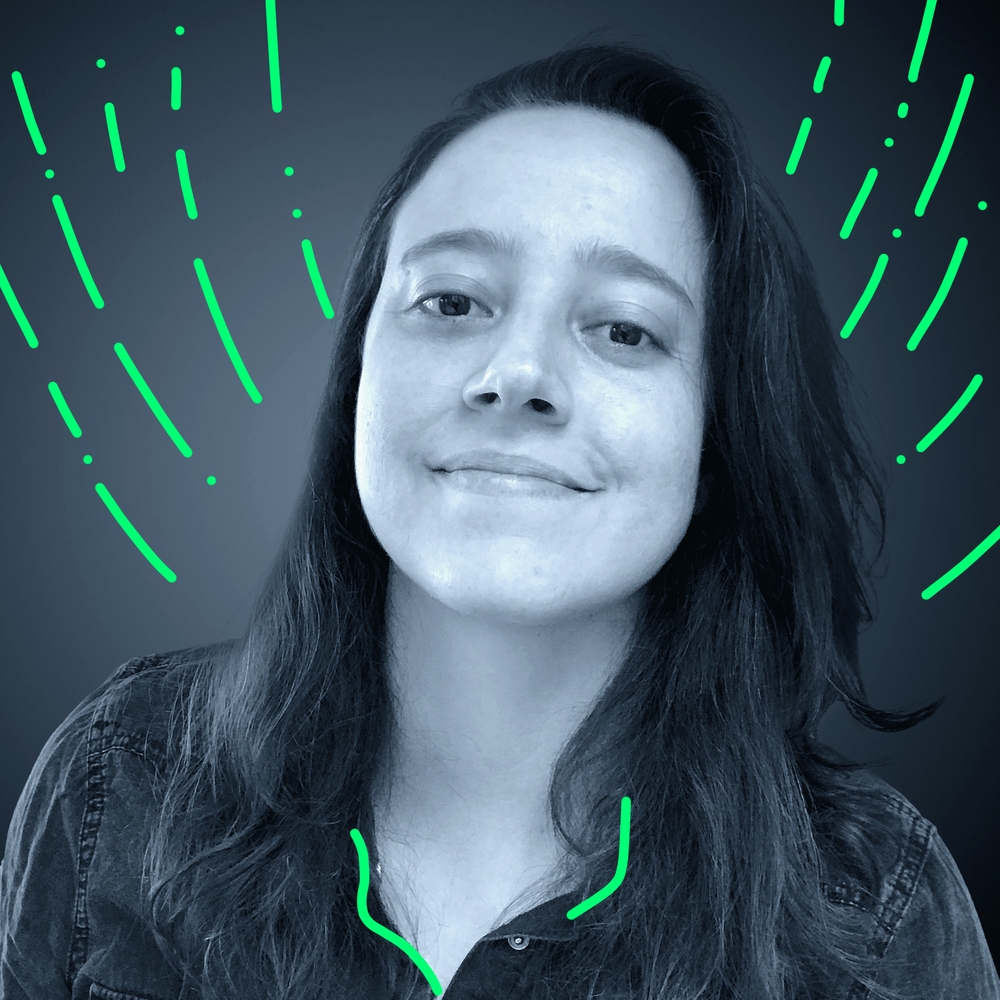
- Automate routine tasks: AI can relieve your team of tedious tasks, enabling them to focus on strategy, ideation and creativity. For example, Canva’s Magic Switch feature quickly resizes assets, and copy.ai generates ad copy in seconds. Choosing the right AI platforms can enhance your team’s workflows and boost business productivity by up to 40%.
- Harness AI to enhance your creative team: At Superside, AI-enhanced creativity has become central to our way of work and innovative design leadership. We use powerful AI technology as a copilot, not a replacement for human designers.
As a conceptual creative, the insights provided by AI tools for target audience analysis make your life much easier when ideating for your campaign.
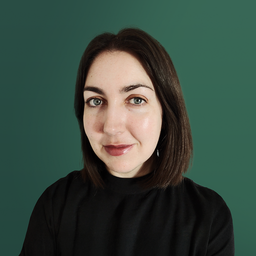
3. Foster a feedback-first culture
Feedback is a powerful tool for aligning your team’s work with brand and company values. However, late, vague or conflicting feedback can derail teams, leading to unnecessary revisions, frustration and missed deadlines.
To avoid this, cultivate a strong “feedback-first, not last” culture. Here’s how:
- Implement iterative review processes: A common pitfall teams face is obtaining timely feedback from key stakeholders during the design process. Mitigate this by holding structured feedback sessions at important milestones, including the initial ideation stage. Identifying upfront if a design idea will work is essential for a successful outcome. Remember to ask all relevant team members to join these sessions.
- Use good software for streamlined feedback: For effective analysis, use platforms like Miro, Frame and Figma, which allow simultaneous viewing and commenting. Teach them how to use the software and encourage concise, actionable feedback instead of endless emails.
- Foster productive reviews: Not all feedback is constructive; often, it reflects personal preference. For example, saying, “I don’t like black here,” isn’t helpful. A better approach would be, “I think pink is better because it aligns with our brand and goal of being eye-catching.” Ensure your team understands this difference.
4. Enable ‘focus time’ to combat context switching
As the design process speeds up, creatives face pressure to “always be available” online. While this keeps communication flowing, it can create distractions that harm focus, creativity and productivity. Even short interruptions can increase stress and frustration, negatively impacting creativity.
To help your team members regain focus, implement the following strategies and techniques:
- Set “focus blocks”: Encourage designers to block dedicated focus time in their calendars for critical tasks, ensuring other team members and execs respect these periods. This is crucial, as nearly 90% of people report being more productive with uninterrupted time.
- Regulate communication etiquette: Not every question needs an immediate answer. Unless it’s urgent, let the team know communication can wait. Ideally, mute all pesky notifications during focus time.
- Minimize distractions: Work environments can be noisy, which can hinder productivity. Encourage your team to use noise-cancelling headphones and create designated “quiet zones” for focused work. They can join your chat channels etc., once they’ve completed certain tasks.
5. Standardize creative briefing for clarity and efficiency
Misaligned expectations contribute significantly to wasted resources and unnecessary revisions in design. Many creative teams establish a standardized intake process with a clear briefing strategy to prevent this issue.
A few useful pointers include:
- Develop a universal brief template: Use a consistent outline with defined fields for key details like target audience, goals, deliverables and timelines. This helps ensure everyone, from designers to traffic managers, is aligned with your vision and expectations.
- Hold briefing sessions: A written brief is important, but to truly understand project expectations, hold briefing sessions for teams to ask questions and clarify details. This helps identify misalignments early, potentially saving time and money.
- Take advantage of automation: Use workflow automation software like Trello, Butler or Zapier to automatically fill in briefing forms and task cards, streamlining the process and eliminating manual data entry.
6. Set realistic but ambitious KPIs for creative teams
Setting clear goals and key performance indicators (KPIs) is essential for peak team performance, but balance is critical. Your team may feel unmotivated and overworked if the targets are too high.
Superside is designed specifically for creative and marketing teams that need to scale their output to achieve ambitious marketing goals. With 50% of our projects directly supporting advertising and performance marketing, we offer not just beautiful design but design that drives results.

Here’s how to strike the right balance:
- Get team buy-in: Engage your team in selecting and establishing KPIs. This approach fosters their investment in the outcome and ensures they find the targets motivating rather than demoralizing.
- Adjust to feedback: KPIs shouldn’t be static. If you or your team were overly optimistic when initially setting them, be ready to adjust based on feedback. Additionally, examine whether inefficiencies make the goals unachievable. Then, work on eliminating those bottlenecks.
- Align KPIs with business objectives: To maximize impact, link your creative team’s KPIs to broader business goals. For instance, if the focus is on brand perception, a creative goal could be: “Execute a rebranding campaign to boost brand recognition by 20% in key markets.” Linking creative work to company strategy and vision boosts brand growth and business success, which is a strong motivator. However, it can be challenging, so consider investing in creative strategy support for inspiration.
- Define specific, measurable metrics: Choosing the right metrics is essential for aligning team goals with business objectives. Instead of simply measuring output, like “deliver X social media assets,” focus on quality metrics such as engagement through interactions. For example, set a goal like “create social media assets that drive a 15% increase in engagement,” prioritizing impact over volume. A clear goal enhances performance and motivation, encouraging creativity and helping your team develop more engaging assets. When the team succeeds, celebrate their wins to boost morale and maintain high performance.
7. Build flexibility into workflows
Having a structured approach to projects is an important part of getting them over the line, but extremely rigid workflows can stifle creativity. The solution lies in incorporating more flexible practices:
- Implement agile workflows: Many creative teams are adopting agile workflows to improve speed and adaptability, with around 80% of companies using this approach. An agile approach breaks large projects into short, actionable tasks called “sprints,” enabling flexible workflows that can adapt to changing priorities. A notable example is Spotify. This team successfully used agile implementation to expand into new markets.
- Plan for the unexpected: Life happens, and campaign priorities can change, so include buffers in timelines to handle extra feedback, last-minute requests or unexpected pivots. For example, for a campaign due in four weeks, aim to finish key milestones in three weeks to allow for adjustments without a last-minute scramble.
- Encourage adaptability: Creative design teams that adopt flexibility are more capable of navigating change. Train teams to adapt to shifting priorities. This may involve open communication for expressing concerns, training in change management or revising team structures.
Deliver More Creative Work For Less With Superside
When you’re under pressure to produce quality assets quickly, the strategies we’ve outlined can enhance your team’s productivity and help them create high-impact campaigns. It can also help them to maintain their passion for their jobs.
To scale your efforts without added stress, partnering with a top creative services provider like Superside makes 100% sense. We specialize in creative productivity for enterprises, acting as an extension of your team—from brief inception to the final outcome.
Empower your team to deliver more with less and join our growing list of enterprise customers. Book a call.
Meet Roger, a content marketer driven by his love for online search, digital marketing, and performance marketing. When he's not immersed in the latest updates on Google, AI and social media, you'll find him passionately crafting strategies to simplify online searches for people, sparing them the frustration of navigating through endless pages. As a marketer, Roger Match has turned into the perfect match for Superside, helping us showcase our purpose, objectives and essence to the world.
